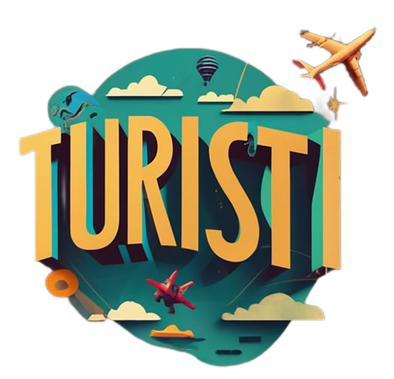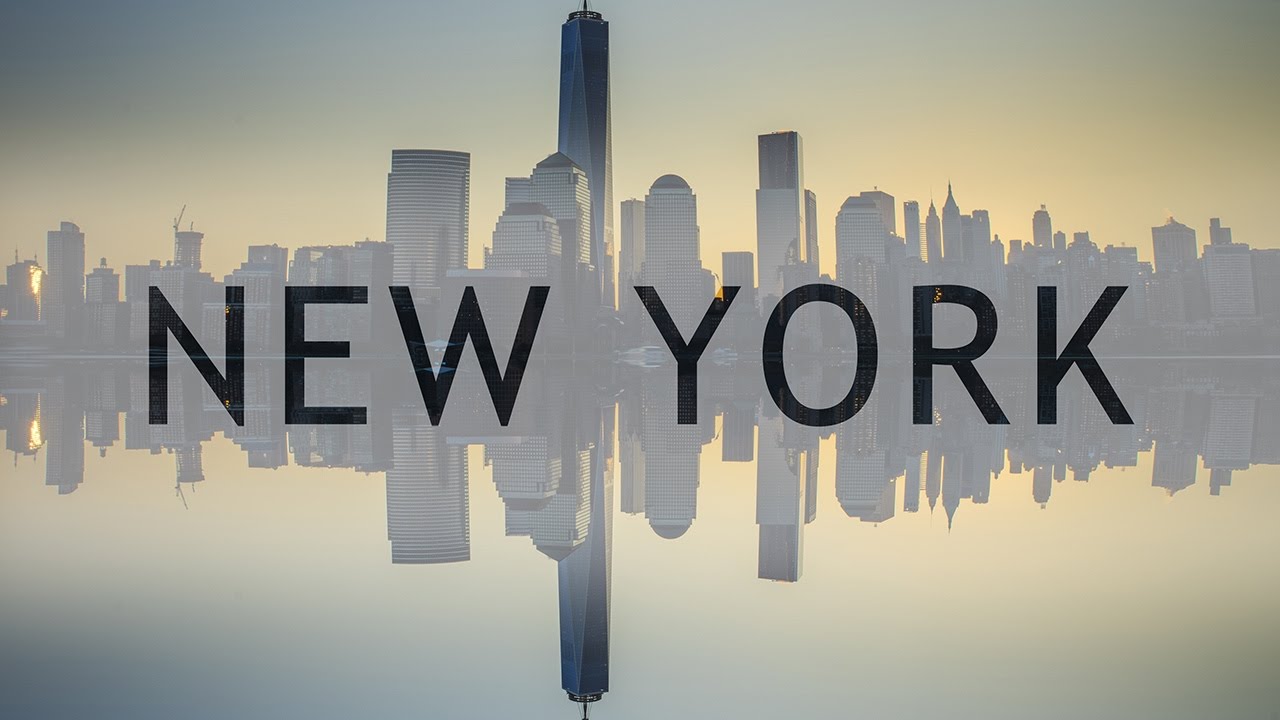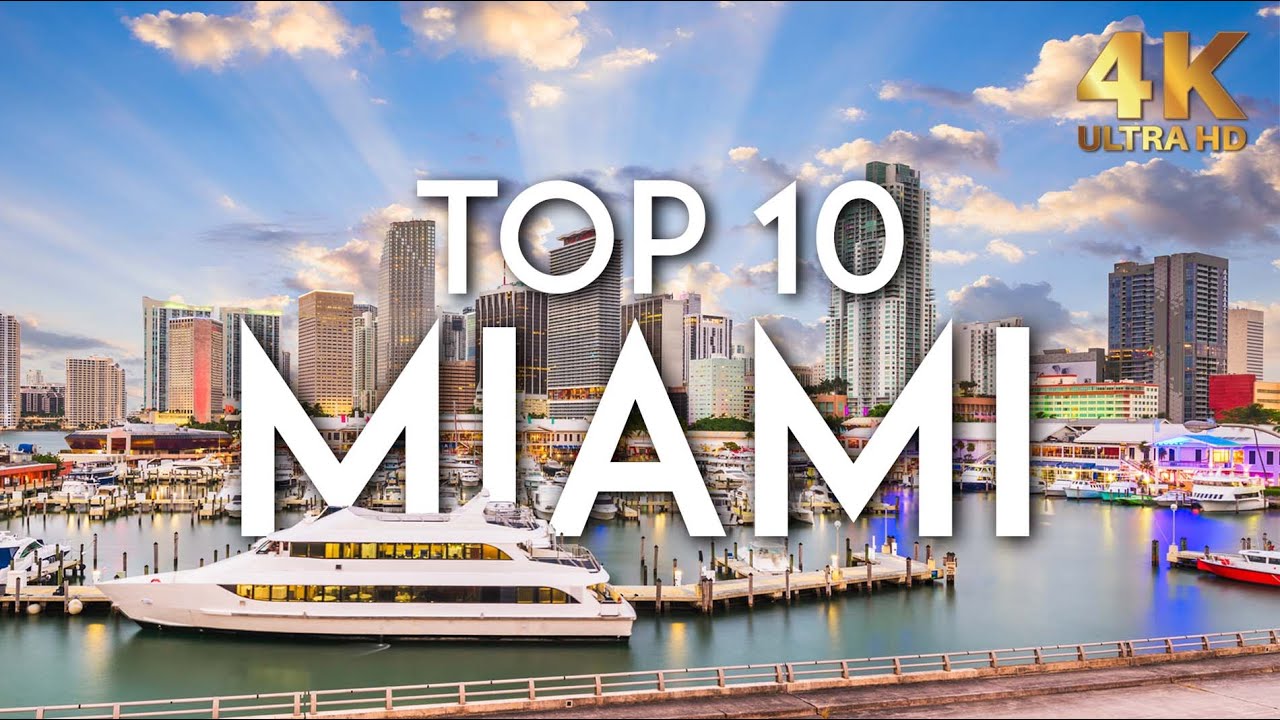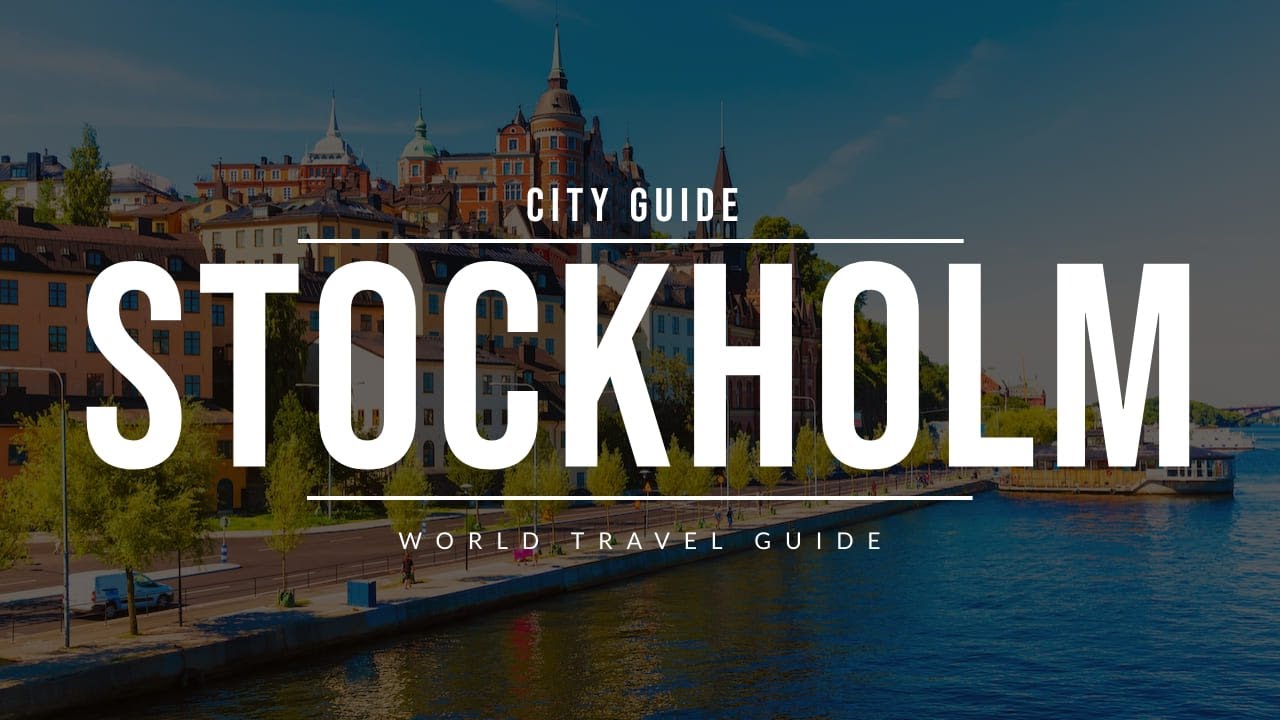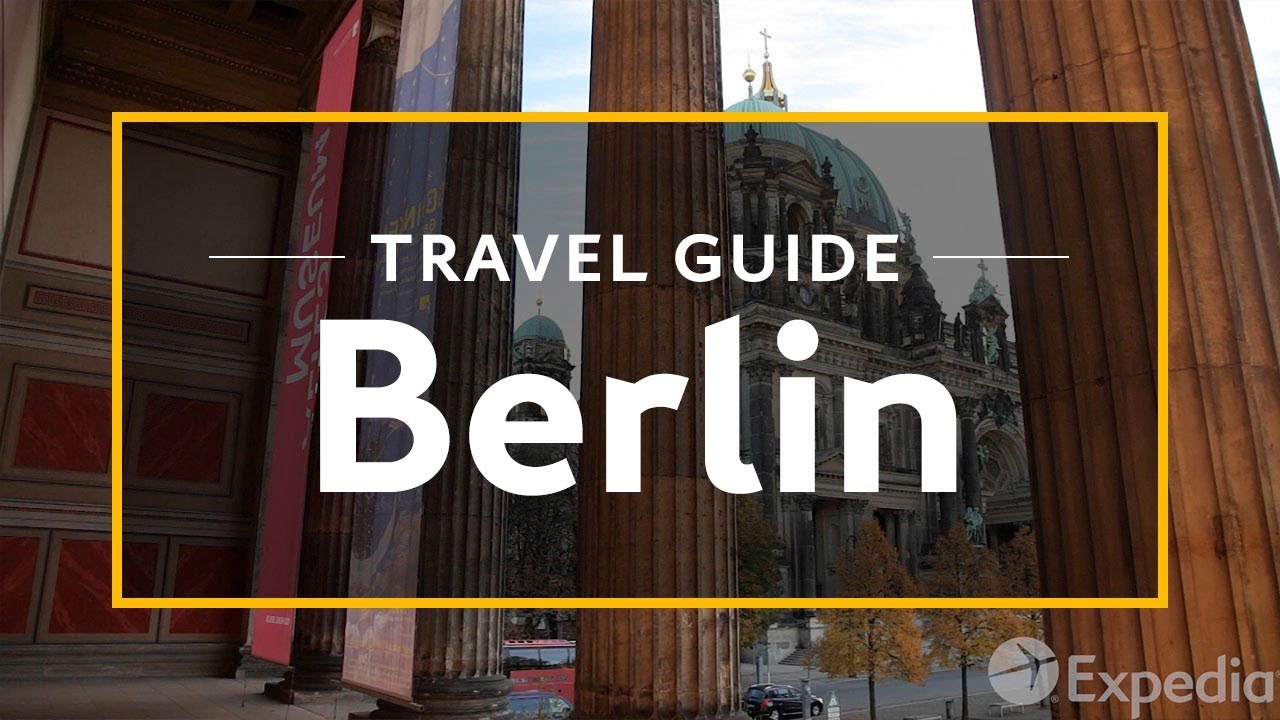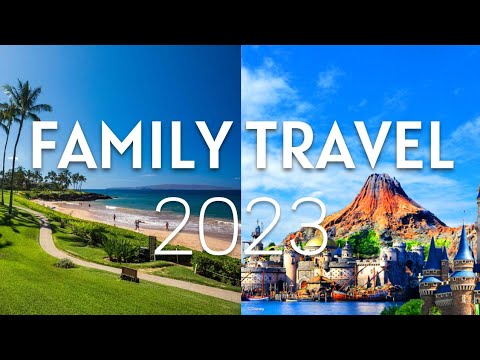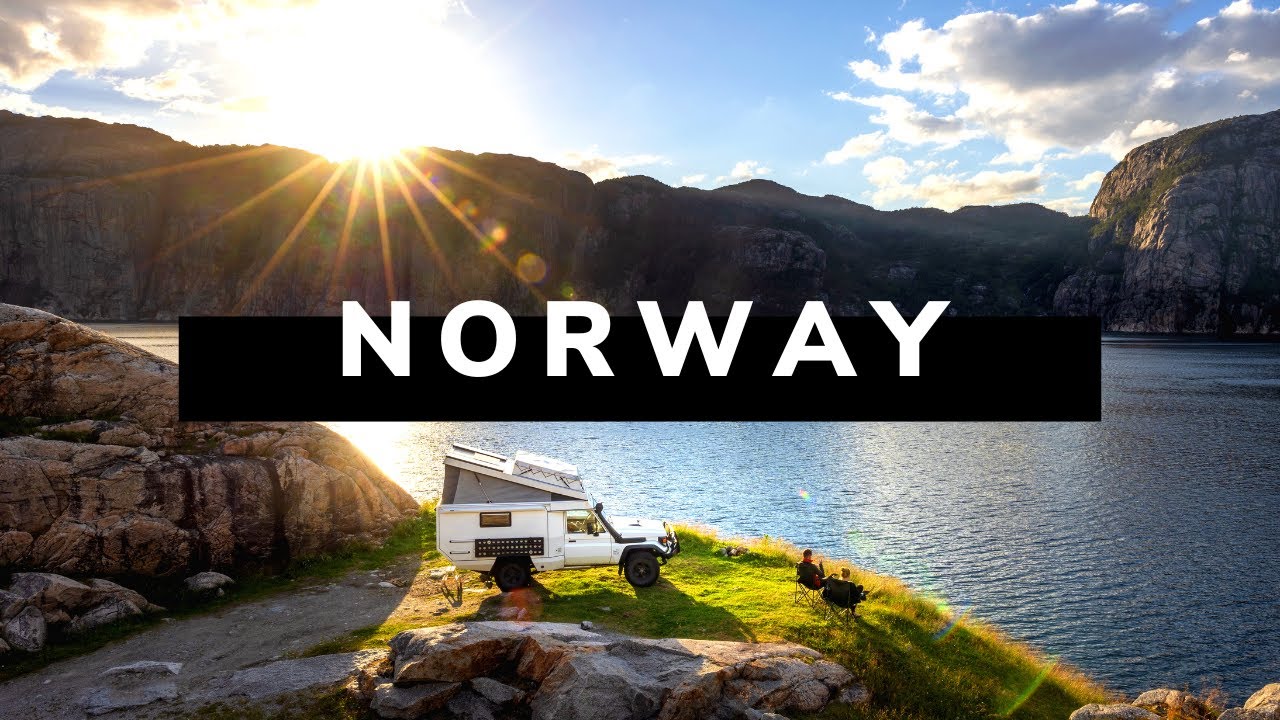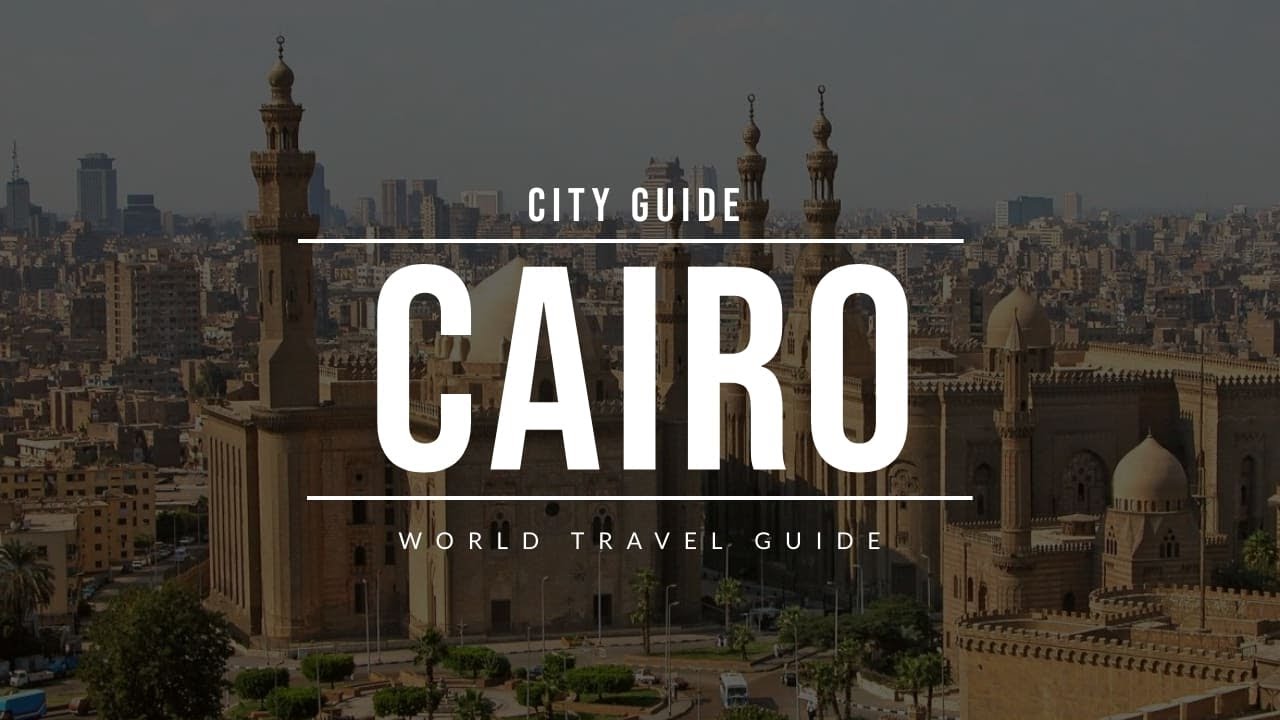U.S. Virgin Islands – Enjoy the glittering shores and island lifestyle loved by locals and travelers here. Check out the incredible …
The U.S. Virgin Islands are situated in the Caribbean, just a three-hour flight from Miami. Located southwest of the British Virgin Islands, the U.S. Virgins are made up of three main islands, and surrounded by around fifty smaller cays and islets. The islands are lush with vegetation and caressed by sparkling waters.
Though celebrated for their sandy beaches and idyllic scenery, things haven’t always been so peaceful here. The island group was occupied by many European countries throughout their history, until the United States purchased them from Denmark in 1917. Over 100 years later, the islands remain a U.S. territory, popular with American sun-worshippers and cruise passengers
As they require no passport and the main currency is the U.S. dollar. The largest of the U.S. Virgin Islands, St. Croix was first named Santa Cruz by Christopher Columbus in 1493. The quickest way to taste the historical flavors of the island is at the Cruzan Rum Distillery.
Let the enticing aromas of fermenting molasses lure you to this enduring establishment, where the spirit of St Croix has been lovingly bottled for over 200 years. The island’s fertile soils were once coveted for the farming of sugar, tobacco, cotton, and indigo.
Estate Whim Museum was one of the most successful sugar plantations in the region, and today it remains a popular stop for history lovers. Wander through the sprawling colonial residence and slave quarters, which evoke the island’s often heartbreaking past as well as its uplifting tales of liberation.
To the leeward side of the island is Frederiksted, the island’s main port town. Plagued by pirates, the Dutch built Fort Frederik here in the 1750s. It was from this fort in 1848, that the Danish governor freed the island’s slaves at the eleventh hour to quell a violent uprising.
On the eastern side of St Croix, admire the island’s colorful European influence in Christiansted. Once the capital of the Danish West Indies, this town is a postcard-worthy example of Danish architecture and style. Just a 20-minute flight north of St Croix is St. Thomas, the second largest island in the territory.
St. Thomas is home to the U.S. Virgin Island’s capital, Charlotte Amalie, a bustling port town which is often dominated by enormous luxury liners. Catch the St. Thomas Skyride up the mountain to get commanding views of the vibrant port, … or climb the stairs to Blackbeard’s Castle,
A pirate watchtower built by the Danes in the 17th century. Sharing this harbor view are grand manor houses which date back to the late 1600s. Gaze out from their intricate balconies, you never know, you might just spot a pirate ship. Just a 15-minute drive to the east is Frydendal,
A settlement that entices honeymooners and romantics with its beachside resorts and restaurants. Make your way to this side of the island to indulge in a little R&R with someone special, and perhaps even a cocktail or two. The east coast is blessed with abundant sandy beaches and calm,
Clear waters, and chances are you’ll find a sheltered cove all to yourself. Once you’ve explored St. Thomas, take the short ferry ride to St. John. Step ashore at Cruz Bay, the largest of the island’s towns, and chow down on some traditional Caribbean fare.
Like its sister islands, St John was colonized by the Danes, whose once lucrative sugar plantations now lie in ruin across the island. The most famous of these is the Annaberg Plantation, whose mills fell silent when slavery was abolished. Wander through the old slave quarters and crumbling windmill, which overlook Leinster Bay.
Explore more plantation ruins just off the shoreline at Cinnamon Bay, where Mother Nature reclaims the time-worn stone structures with each passing year. Step out from the forest’s shadows onto the sunlit sands of Cinnamon Beach. From here, follow the coast back to Cruz Bay, where you’ll find one secluded beach after another.
Despite past ravages of slavery and piracy, The U.S. Virgin Islands have become known for their pristine natural beauty and welcoming people. They have healed and grown stronger with each passing generation, and are now the perfect port of call for relaxation, recreation, and rejuvenation.
source

